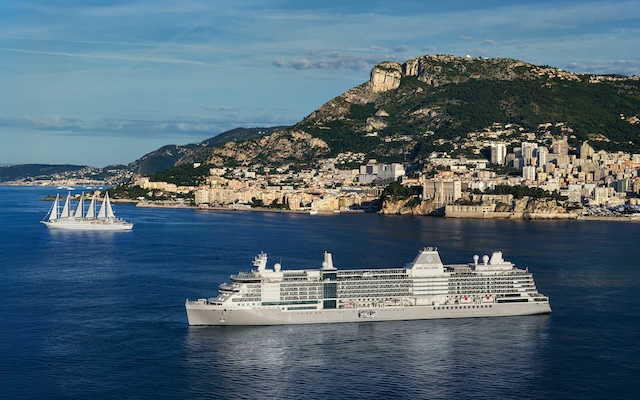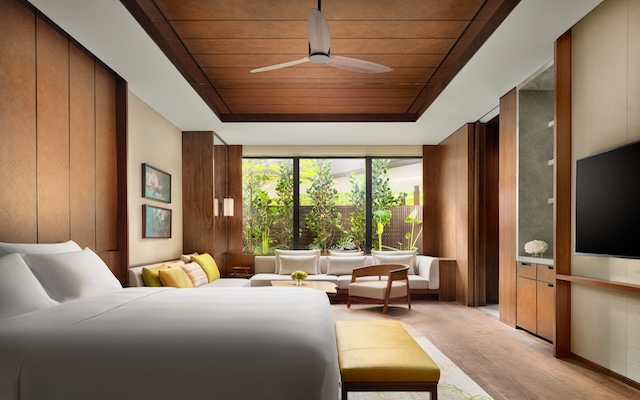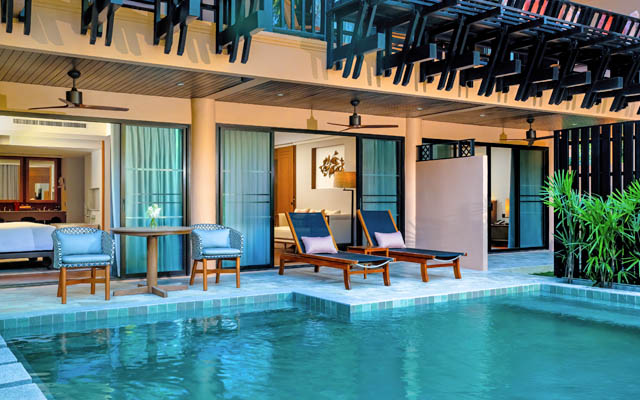Cairns’ Skyrail Rainforest Cableway will undergo an A$85 million (US$57 million) upgrade ahead of its 30th anniversary, securing its future as one of Tropical North Queensland’s leading tourism attractions.
The redevelopment, announced on July 29, will begin in mid-2026 and is expected to be completed by late 2027. It includes major upgrades to the 7.5km gondola system, including new transparent walk-in gondolas, quieter machinery, upgraded haul ropes and new tower tops.

Skyrail chairman Ken Chapman said the investment would extend the cableway’s operational life by another 30 years.
“Skyrail’s reputation as one of the world’s longest, most complex and impressive gondola cableways will be assured,” he said. “With more than 100,000 operational hours over three decades of operations, it is time to make a significant reinvestment in our local business.”
Construction will take place in two stages, with the cableway operating one section at a time. Bus transfers will be provided between Smithfield and Kuranda. A four-week closure is planned in July 2026 to allow helicopter-assisted works.
All works will be carried out above ground to avoid disturbing the rainforest floor, which mirrors “the complexity of the original build more than three decades ago”.
Europe-based cableway manufacturer Doppelmayr has been appointed to lead the project. Its Australian general manager Shaun Turner commented: “Our company has built almost 16,000 lifts worldwide, but becoming part of the Skyrail story in the Wet Tropics here in Tropical North Queensland stands out as a huge challenge and career-defining highlight for me and my team.”
Tourism Australia managing director Phillipa Harrison welcomed the investment, calling it “the biggest vote of confidence in Queensland and ecotourism we could have hoped for”.
Tourism Tropical North Queensland CEO Mark Olsen added that Skyrail played a key role in promoting the region internationally. “Skyrail is a critical part of the region’s reputation as Australia’s leading eco-tourism destination, educating millions of visitors about one of the world’s most biologically diverse environments.”



















